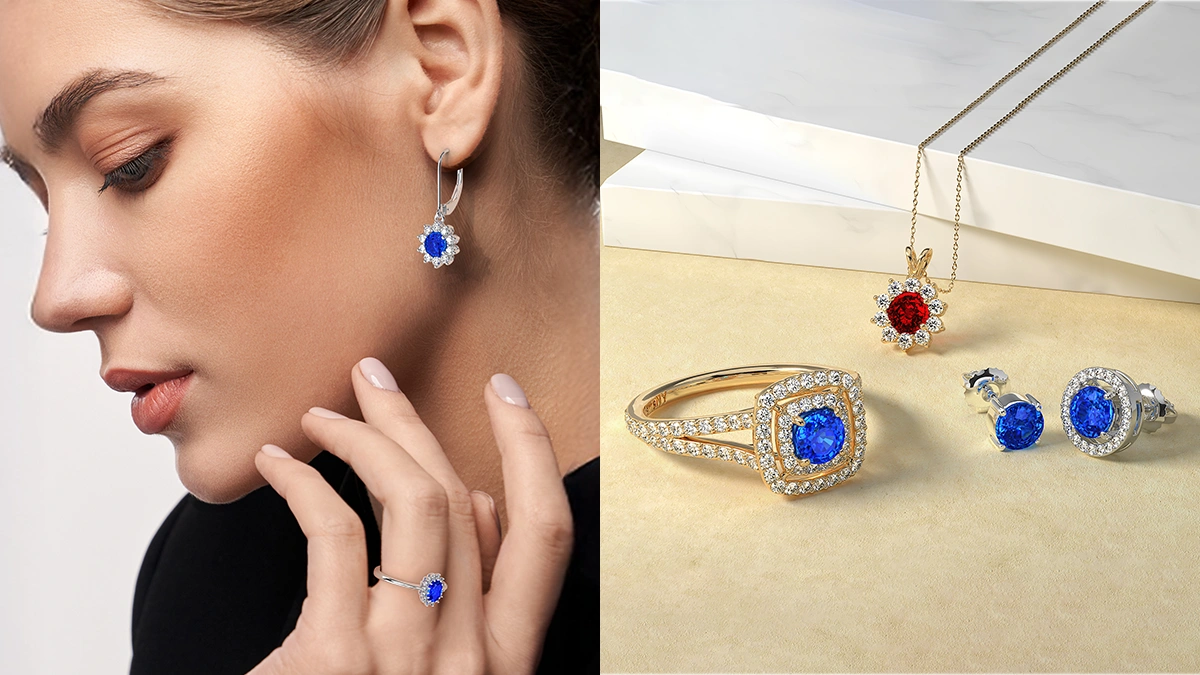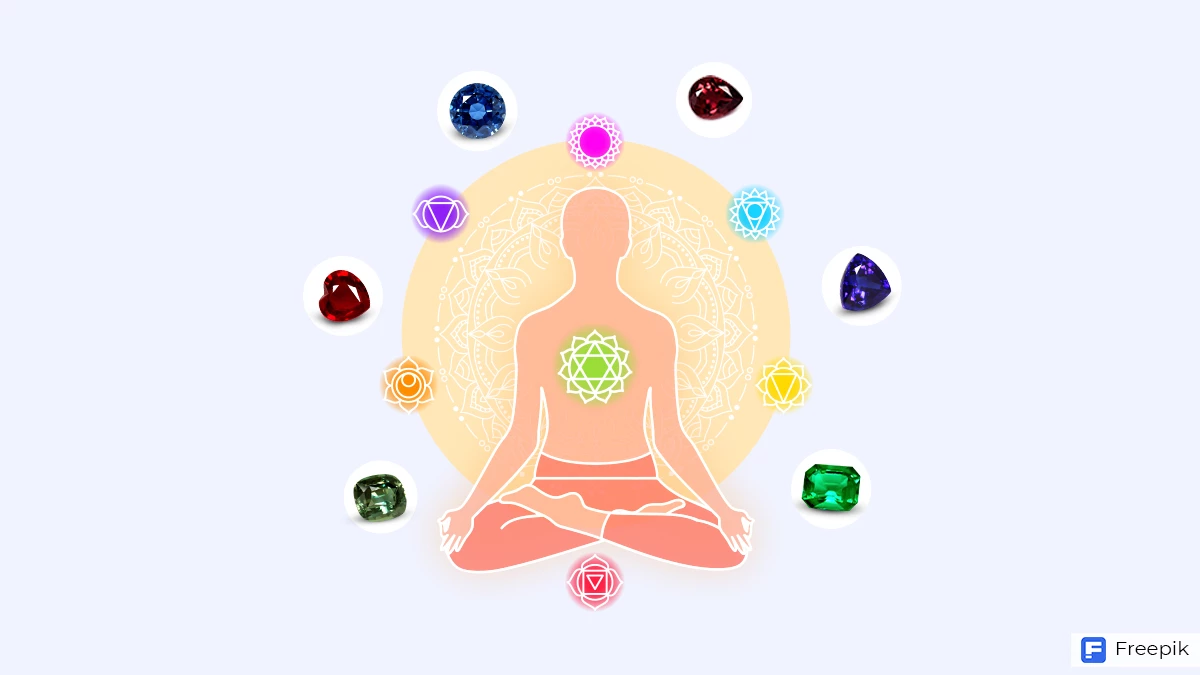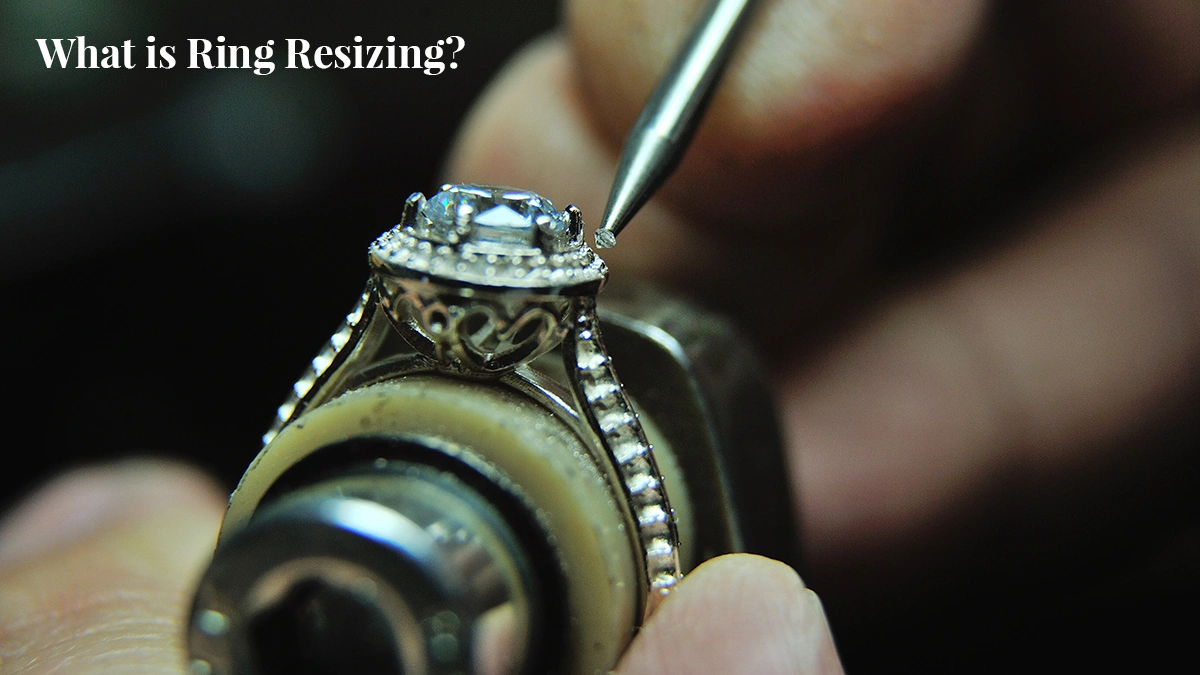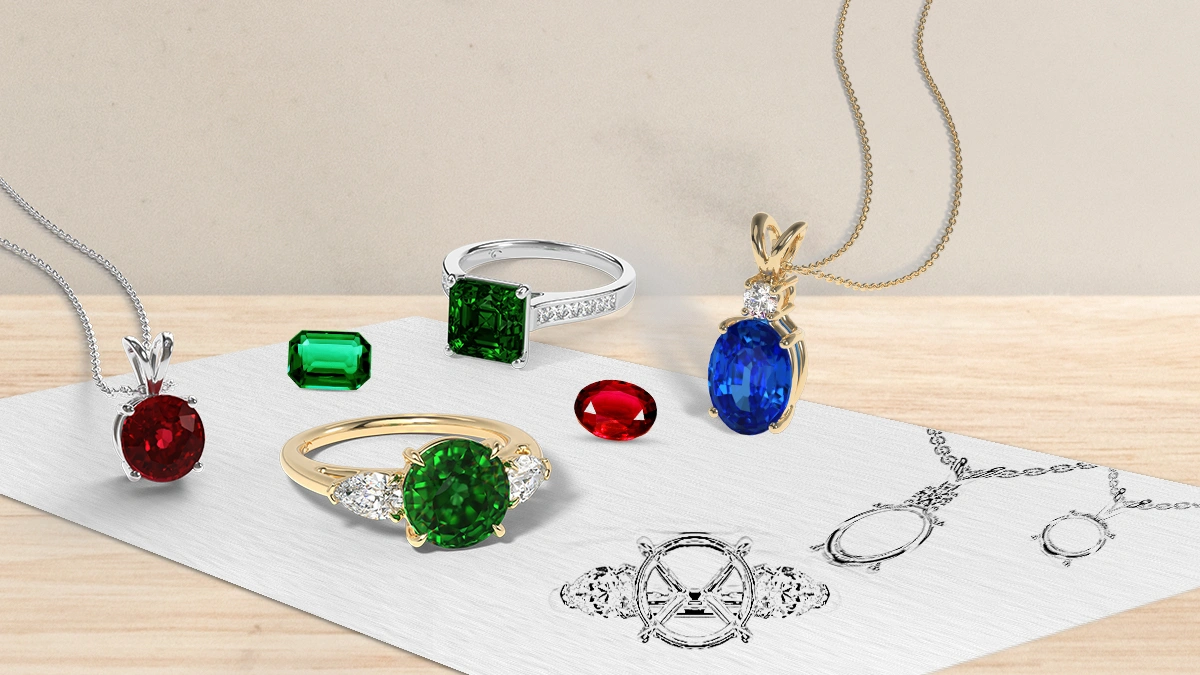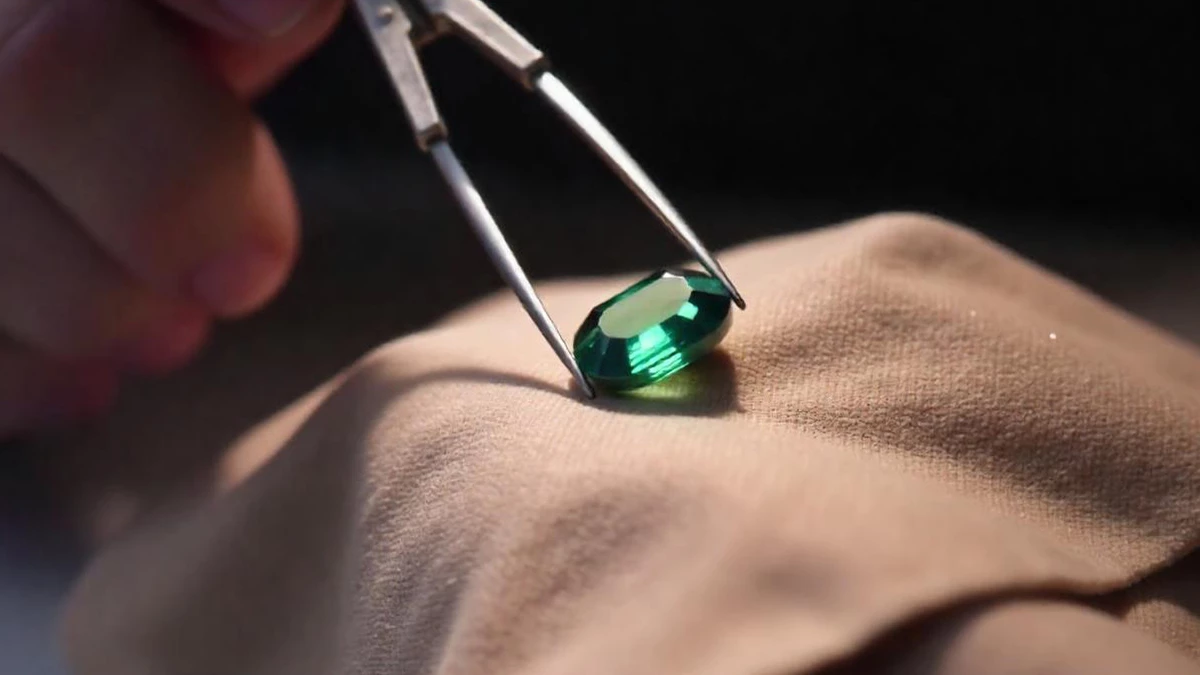“Wait for the ring; it is strong, it has a magic of might”- Edith Nesbit
Choosing a ring is quite personal. An engagement ring especially, is close to the heart, and will be worn daily. So, the mere thought of fashioning your engagement ring is itself so deep that you start feeling unfathomable emotions. From selecting the centerstone to the setting and metal, everything looks exciting at first but turns out daunting eventually. And it’s quite the work choosing a centerstone, but once you’re done with it, you’re halfway there. The next big step is choosing a ring setting.
The two main ring settings are prong and bezel settings. Both have their own pros and cons and their own unique style. The best setting for a customer will depend on the size, cut and type of centerstone, as well as the personal style preference of its wearer. Let’s learn about both the ring settings – prong and bezel – and then you can decide which one you should choose.
Prong
Prongs are the most popular settings for rings. The simplest prong settings are 4 metal pins, equally sized and spaced around the centerstone. The prongs are snug to the centerstone, gripping it almost like a claw to ensure stability and prevent damage.
There are other prong styles, such as 6-prongs and knife-edge prongs, each giving a unique look to the ring. The prong setting is designed to showcase as much of the centerstone as possible while allowing light to easily pass through for that extra sparkle. Because of this, the prongs tend to be made quite thin, but still durable. Prongs allow your centerstone to be set high for extra flair, or low, for convenience. If you want your centerstone to steal the limelight wherever you go, the prong ring setting is the one for you.
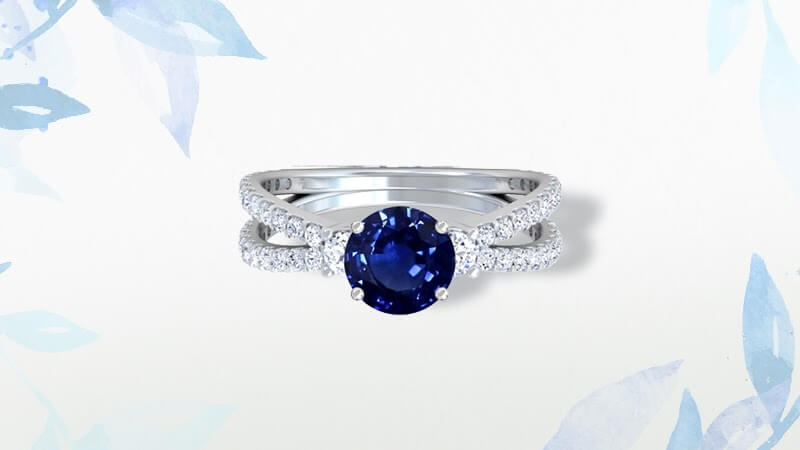
Prongs are made to elevate the centerstone to make sure it stands out. The prong setting is also very convenient to clean; the centerstone can easily be cleansed around the prongs. It is a perfect choice when one is looking for their centerstone to shine brighter and stand out.
Drawbacks
- The main drawback of prong settings is their X-factor, the exposure of the centerstone. If the centerstone is not durable or if it’s bigger in size, it would run a higher risk of getting chipped or being scratched.
- Even though many people have bigger gems set in prongs – it requires proper care. Stone tightening is recommended annually with prong settings as they tend to loosen over time with everyday wear.
Bezel
A bezel setting consists of a ring of metal that completely surrounds the centerstone. The stone is set low and is covered by the ring metal to prevent damages, such as chips or scratches.
The bezel setting is the most secure setting type, as any hit or shock to the jewelry will most likely impact on the metal around the centerstone, and not the gemstone itself.
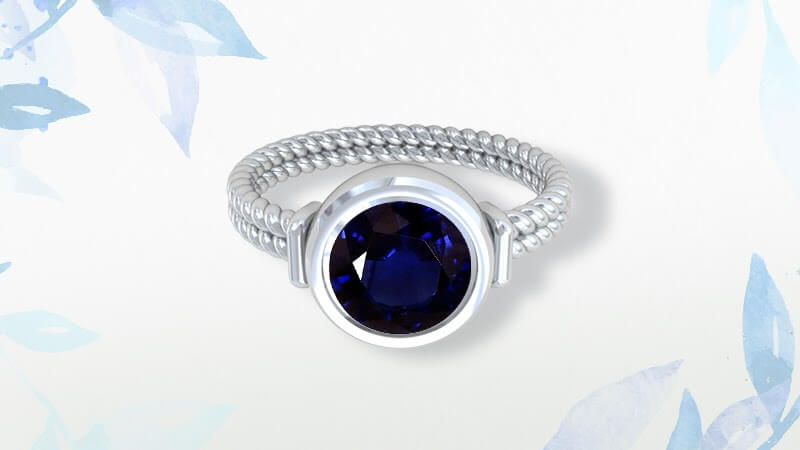
All bezel settings are made around the centerstone, as any gaps or general looseness will defeat the purpose of this setting and will result in the stone getting damaged or even falling out of the ring. Certain gemstones like emeralds which are more brittle than others will need special attention from the setter to ensure that the gemstone is not damaged during the setting process.
Drawbacks
- The main drawback of a bezel setting is how low the centerstone is set. As the centerstone is secured from all sides, the amount of light that can go through is much lower than in a prong setting, which causes the centerstone to appear less brilliant than it actually might be.
- Another drawback (for some) is bezel settings look much bulkier than prong settings, but is a popular setting type amongst men’s jewelry. If you don’t want to compromise with your ring’s centerstone, the bezel ring setting is definitely not your type.
So which is better?
As mentioned, both settings offer a unique appeal. It’s a personal choice as to the brilliance of the stone to be showcased vs the safety of the stone. The metal also impacts the choice of setting. For example, a prong setting in tungsten is stronger than in platinum which is stronger than gold. You might want a bezel setting in gold but it’s not a good idea for tungsten.
At GemsNY we have a team of representatives and gemologists that can work with your preferences to find the setting that works best for you! From the classic prong and bezel ring setting to the timeless three-stone and halo ring setting, GemsNY has everything. For more information, contact us through email (info@gemsny.com) or send us a chat message on our website!



